Largest Church Mosaic in Croatia Unveiled in Karlovac
November 13, 2021 – After many years of preparation and effort, the largest church mosaic in Croatia has been revealed to parishioners at the Church of Saint Joseph (Crkva sv. Josip) in Karlovac
The beautiful mosaic covers an incredible 120 square metres of wall behind the church's altar. Depicted in the mosaic is the birth of Jesus Christ.
The mosaic is the work of renowned Croatian artist Josip Botteri Dini who is based in Split. On 1st January 2021, Mr Josip Botteri Dini and several assistants began stacking coloured glass pieces into one-square-metre templates to construct the work.
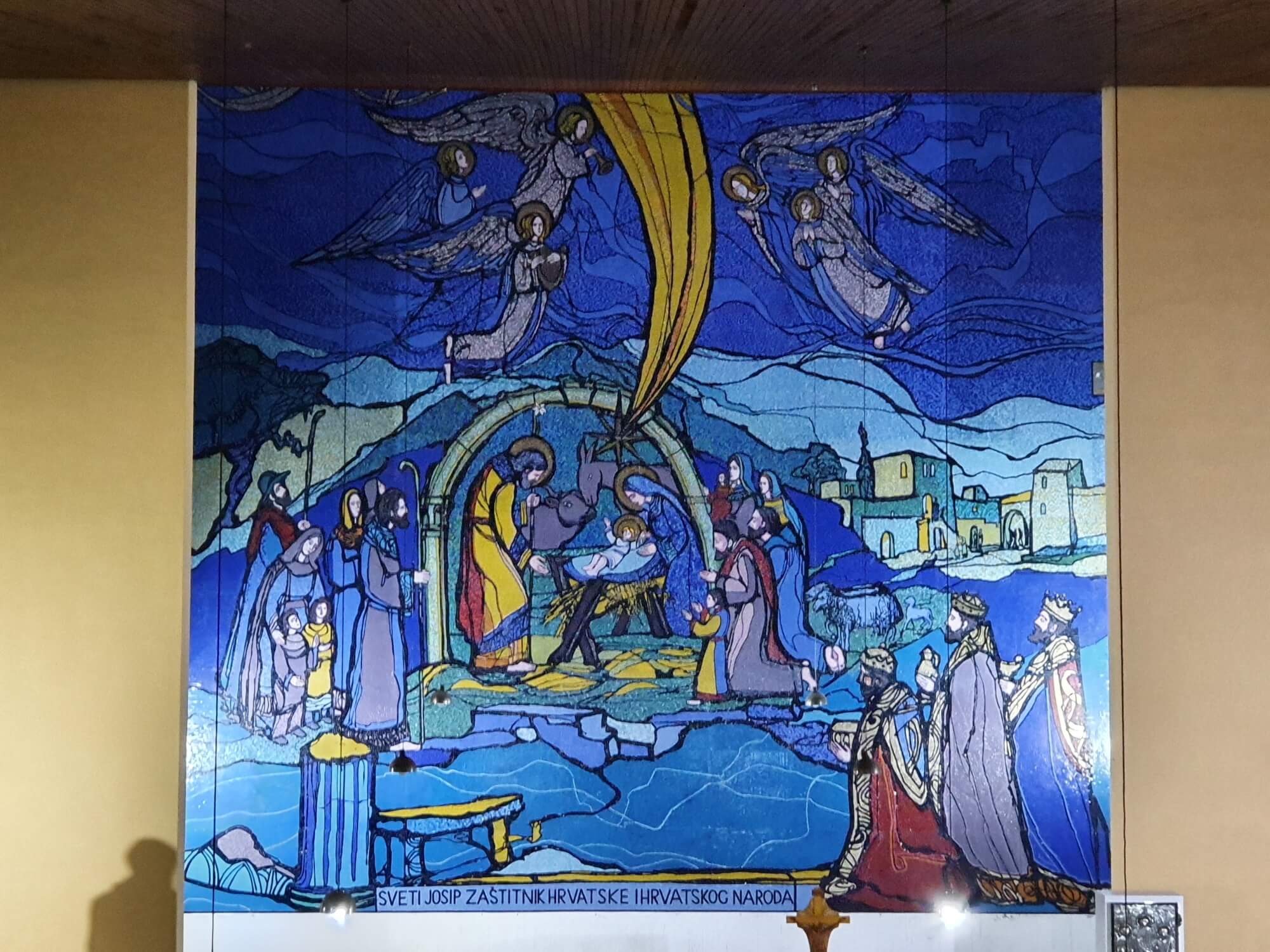 Largest Church Mosaic in Croatia © Marina Buric / Visit Karlovac
Largest Church Mosaic in Croatia © Marina Buric / Visit Karlovac
Each template contains around 2500 mosaic parts. In total, the mosaic has around half a million pieces of coloured glass. It took Mr. Botteri Dini nine months to finish stacking 168 templates. After completing that long section of the task in Split, he then travelled to Karlovac and continued working there. The installation of the templates onto the wall took two weeks. Subsequently, six weeks of cleaning and aligning of the mosaic followed.
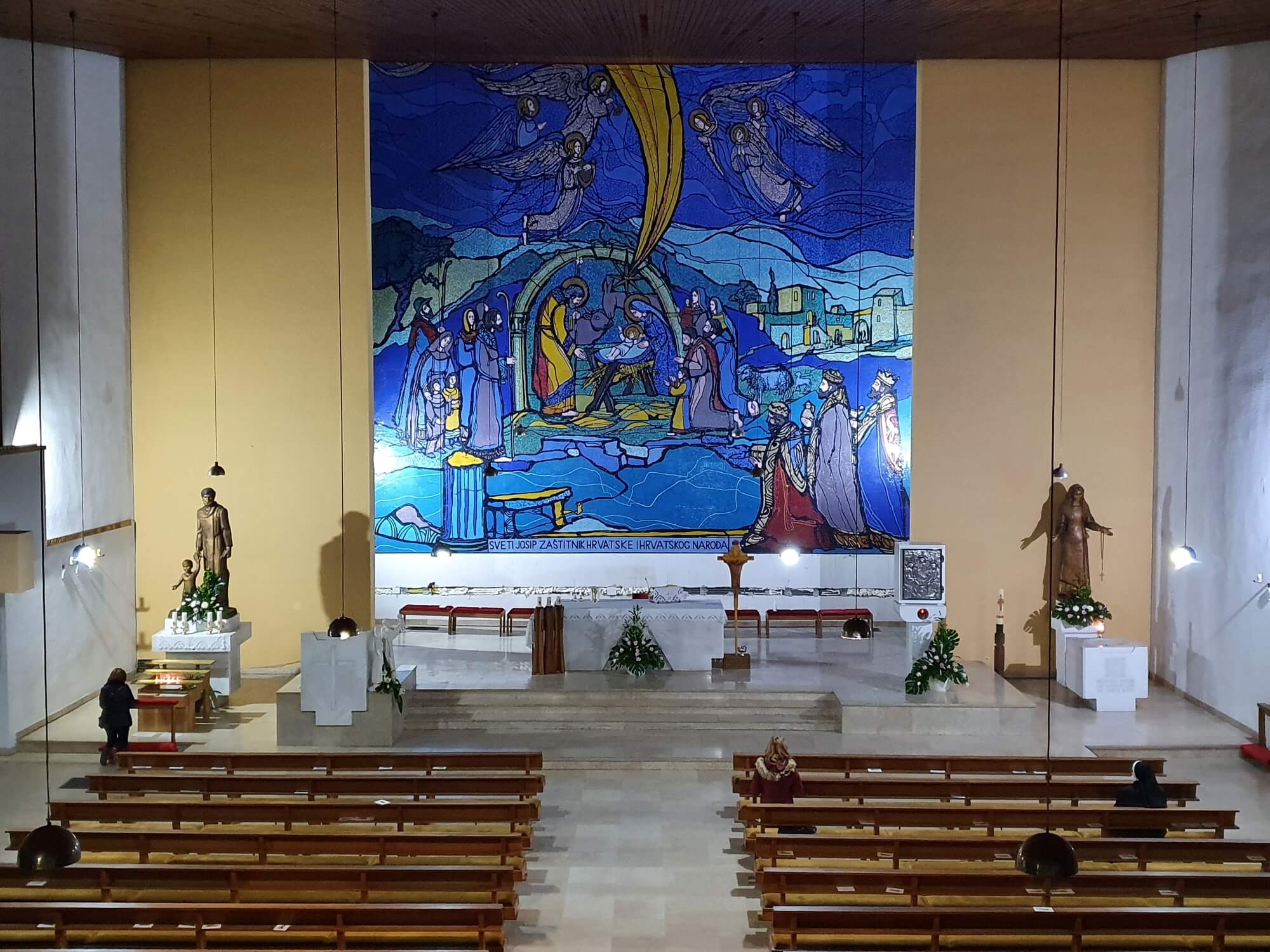 From the rear of St. Josip's Church © Marina Buric / Visit Karlovac
From the rear of St. Josip's Church © Marina Buric / Visit Karlovac
Josip Botteri Dini, the artist behind the largest church mosaic in Croatia
Although he now lives and works in Split, Josip Botteri Dini was actually born in Zagreb in 1943. He studied at the city's Academy of Fine Arts, notably in the class of famous Varaždin painter and graphic artist Miljenko Stančić. Josip graduated in 1968. Since the early 1970s, the work of Josip Botteri Dini has been exhibited over a hundred times throughout Croatia and overseas. In addition to painting, he works with mosaics and stained glass.
 In detail, Croatia's largest church mosaic, in St. Josip's, Karlovac © Marina Buric / Visit Karlovac
In detail, Croatia's largest church mosaic, in St. Josip's, Karlovac © Marina Buric / Visit Karlovac
Being the largest Church mosaic in Croatia, it was necessary to construct a 13-metre high scaffold for the work to be set on the church wall. Although Mr. Botteri Dini is now 78 years old, he climbed the scaffold every day to finish his work, helped by his brothers Juraj and Dezi. They are also in their seventies.
 Nacionalno svetište svetog Josipa (National Shrine of St. Joseph) in Dubovac, Karlovac
Nacionalno svetište svetog Josipa (National Shrine of St. Joseph) in Dubovac, Karlovac
Nacionalno svetište svetog Josipa (National Shrine of St. Joseph) in Dubovac, Karlovac
Otherwise known as Nacionalno svetište svetog Josipa (National Shrine of St. Joseph), the modern Church of Saint Joseph lies to the west of Karlovac city centre in Dubovac. In fact, it sits at the foot of the hill on which is placed the 13th-century castle fortress Old Town of Dubovac, from where the settlement gets its name.
Construction of the Church of St. Josip started in 1968 but its external facades were not completed until 1972. In 1975 its bell tower was built although it would take until 1980 for three new bells to be placed within it. In 1987, the church was dedicated as a national shrine for Saint Joseph, marking the 300th anniversary of Saint Joseph being assigned as Protector of the Homeland and the Croatian people. Saint Joseph is also the patron saint of Karlovac.
The largest Church mosaic in Croatia is not the only masterpiece to be found in the Church of St. Josip. Within the building is the permanent exhibition space Galeriji 'Martin Borković'. It contains works of art by 28 eminent Croatian painters and sculptors. You can see them every day after Holy Mass.
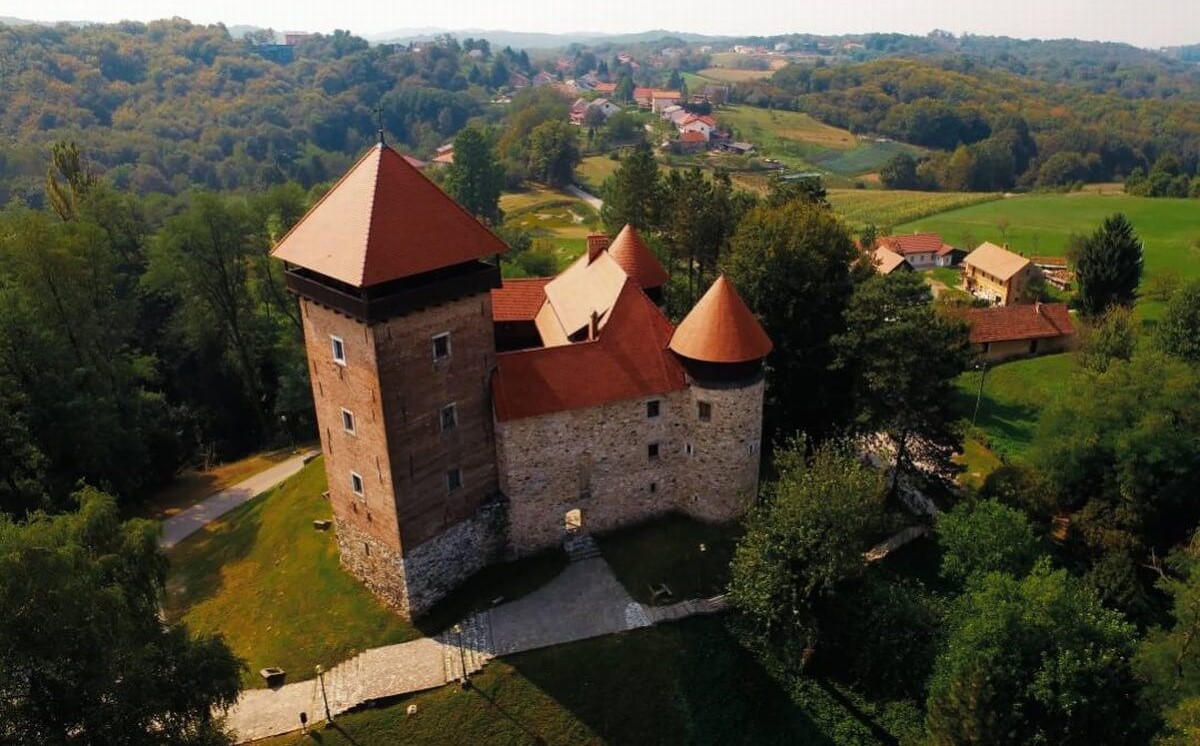 The Old Town of Dubovac © Ivo Biočina
The Old Town of Dubovac © Ivo Biočina
The Old Town of Dubovac is one of the best-preserved buildings of its kind in Croatia. A popular tourist attraction, it hosts events and has one of the city's best restaurants on the ground floor of its atmospheric courtyard. With the addition of the largest Church mosaic in Croatia, visitors now have another excellent reason to stop off in the quiet Karlovac suburb of Dubovac.
You can read more about Karlovac in the Total Croatia guide to the city here. For the latest news about Karlovac, be sure to check Total Croatia News tagged pages here
Karlovac City of Trees: 10, 000 Trees Breathe Life Into City Centre
January 21, 2021 – By fiercely protecting their natural residents, Karlovac city of trees improves the quality of life for all – the trees keep the air clean, reduce the temperature and noise and serve as a habitat for city centre wildlife
The parks we find within cities can often be the very best parts. As a visitor, their memory can rival the grandest architecture you take in. London and Zagreb are two perfect examples. Who couldn't say that the stroll between Glavni kolodvor (main train station) and Ban Jelačić Square via Tomislavac and Zrinjevac isn't year-round one of the most gorgeous parts of the Croatian capital?
Though lying only 50 kilometres to the south-west of Zagreb, in the city of Karlovac they have taken a different approach. Instead of building parks within the city, they've built a city within parks, or so they like to say. And, walking down its tree-lined promenades, shaded by the riverside or through its immaculate rolling parkland, who could disagree? This is a city within a park. Also, it is Karlovac city of trees. One of Karlovac's famous city centre parks © 11raccoon1
One of Karlovac's famous city centre parks © 11raccoon1
Karlovac city of trees prizes its green assets more than most. They never cut down their trees unless its health poses a direct risk to property or person. Any new builds or city expansion must happen around the longstanding green residents. Local by-laws state that for any tree removed from within the city centre, another must be planted in its place.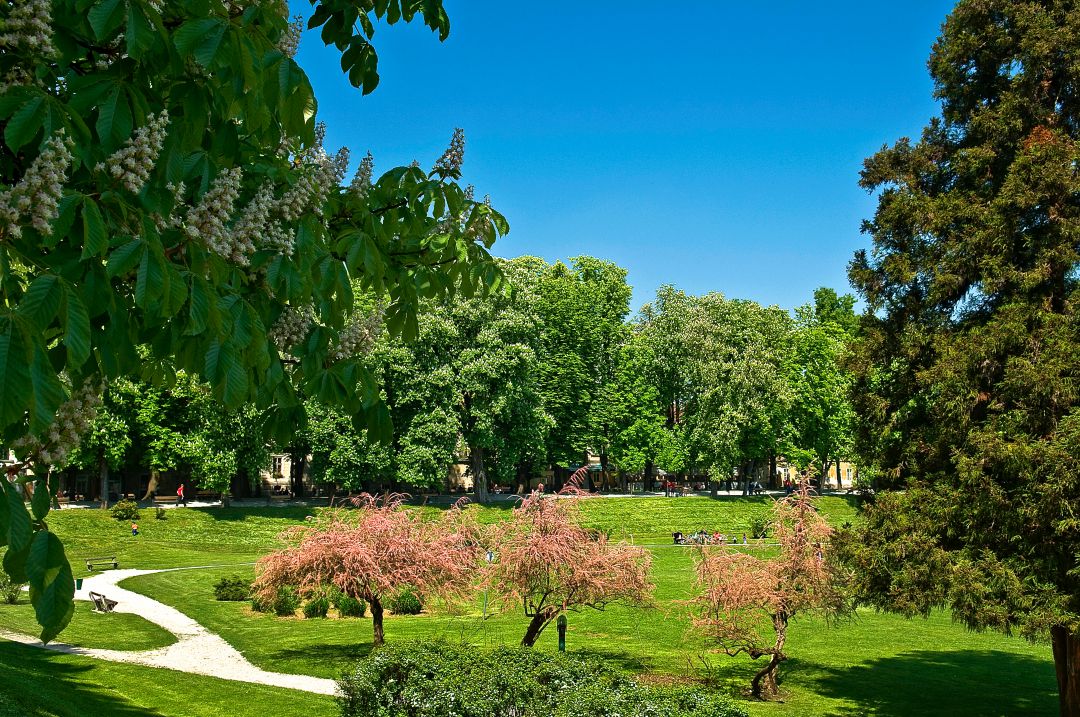 © Visit Karlovac
© Visit Karlovac
In addition to the public institution Natura Viva, which takes care of the parks in Karlovac city of trees, and the company Zelenilo, which takes care of public green areas, the Commission for the Protection and Arrangement of Green Areas of the City of Karlovac has been established. The city recognises that its green areas, in particular its trees, are not only there for their beauty – they positively affect air quality, reduce temperature and reduce noise in the city. They are also the habitat of the city's animal residents. The quality of life of residents in Karlovac city of trees is dependant on these natural assets.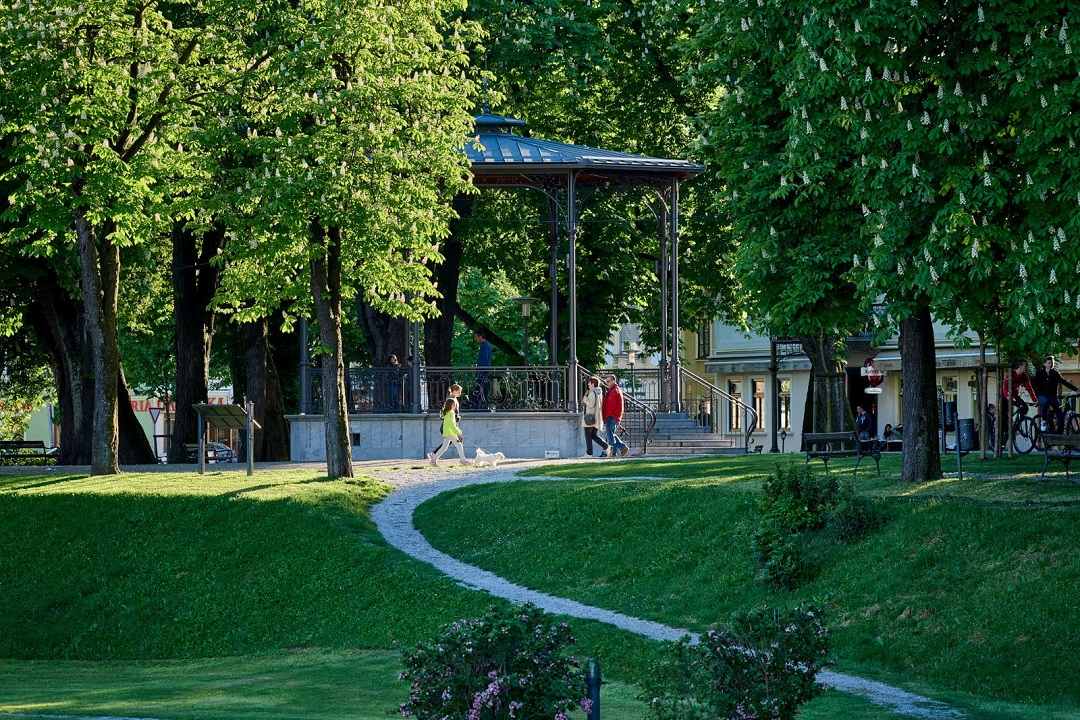 © Visit Karlovac
© Visit Karlovac
So seriously do they take the responsibility of looking after its trees, that Zelenilo maintains a map of the city which details every single tree that exists within the city centre. As noted in a news item from yesterday from the lokalni.hr portal, this map, or cadastre, has just been updated. Karlovac city of trees now proudly counts 10, 000 trees as valuable residents within its city centre.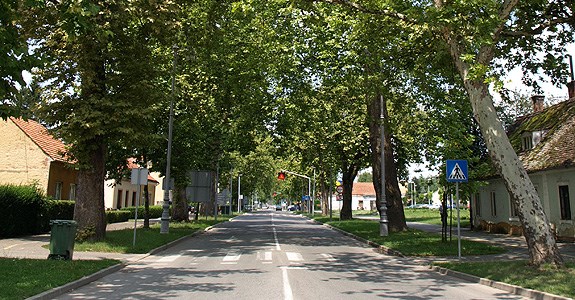 © Grad Karlovac
© Grad Karlovac
In order to reach this high figure, Zelenilo detailed that 144 new trees were planted in the city last year and another 147 trees in the Mekušje business zone. In 2019, 242 trees were planted, 95 in the year before, 119 in 2017, 210 in 2016, 162 in 2015, and as many as 200 in 2014.
PHOTOS: Epic Croatia Weather Photography Stuns The World
December 20, 2020 – The 13 winners of the incredibly popular World Meteorological Organization annual competition have just been announced, and two fine pieces of Croatia weather photography are among them. These spectacular images of Croatia weather photography show all 9 Croatian photographs which reached the final in 2020 and all 10 Croatian finalists who similarly stunned the global audience in 2019
Croatia weather photography: the two newly announced winners from the 2020 competition Photographer: Sandro Puncet Photo taken: Losinj island
Photographer: Sandro Puncet Photo taken: Losinj island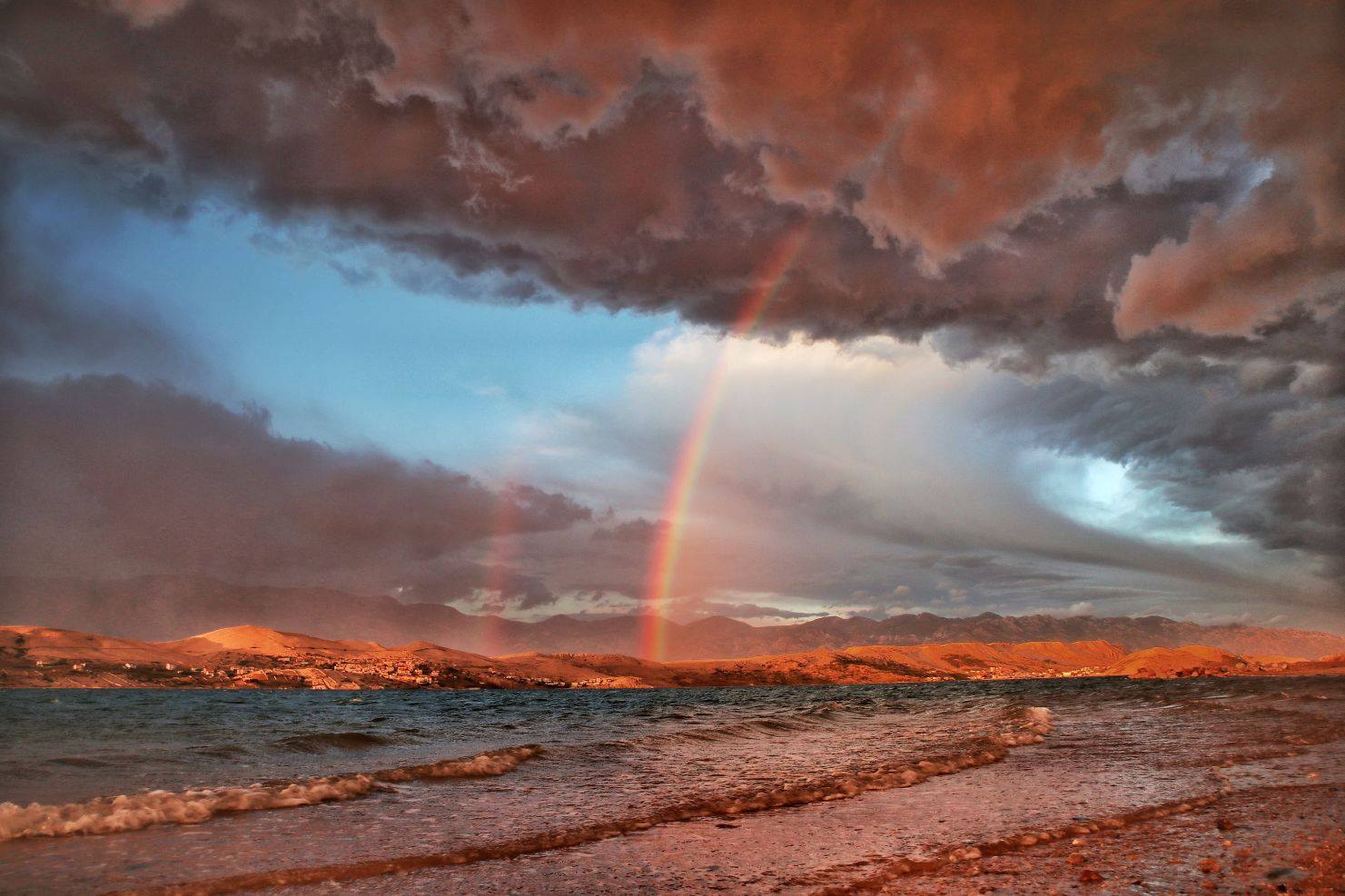 Photographer: Zrinka Balabanic Photo taken: Pag island
Photographer: Zrinka Balabanic Photo taken: Pag island
Thanks to its popularity as a tourist destination, lots of people are now used to seeing beautiful photos of Croatia. Although, the images they usually see are of idyllic beaches, cloudless skies, stunning nature and turquoise blue seas. But, as anyone who knows the country will tell you - and as these photos show - Croatia isn't always like that.
Croatia weather photography: the two newly announced runners-up from the 2020 competition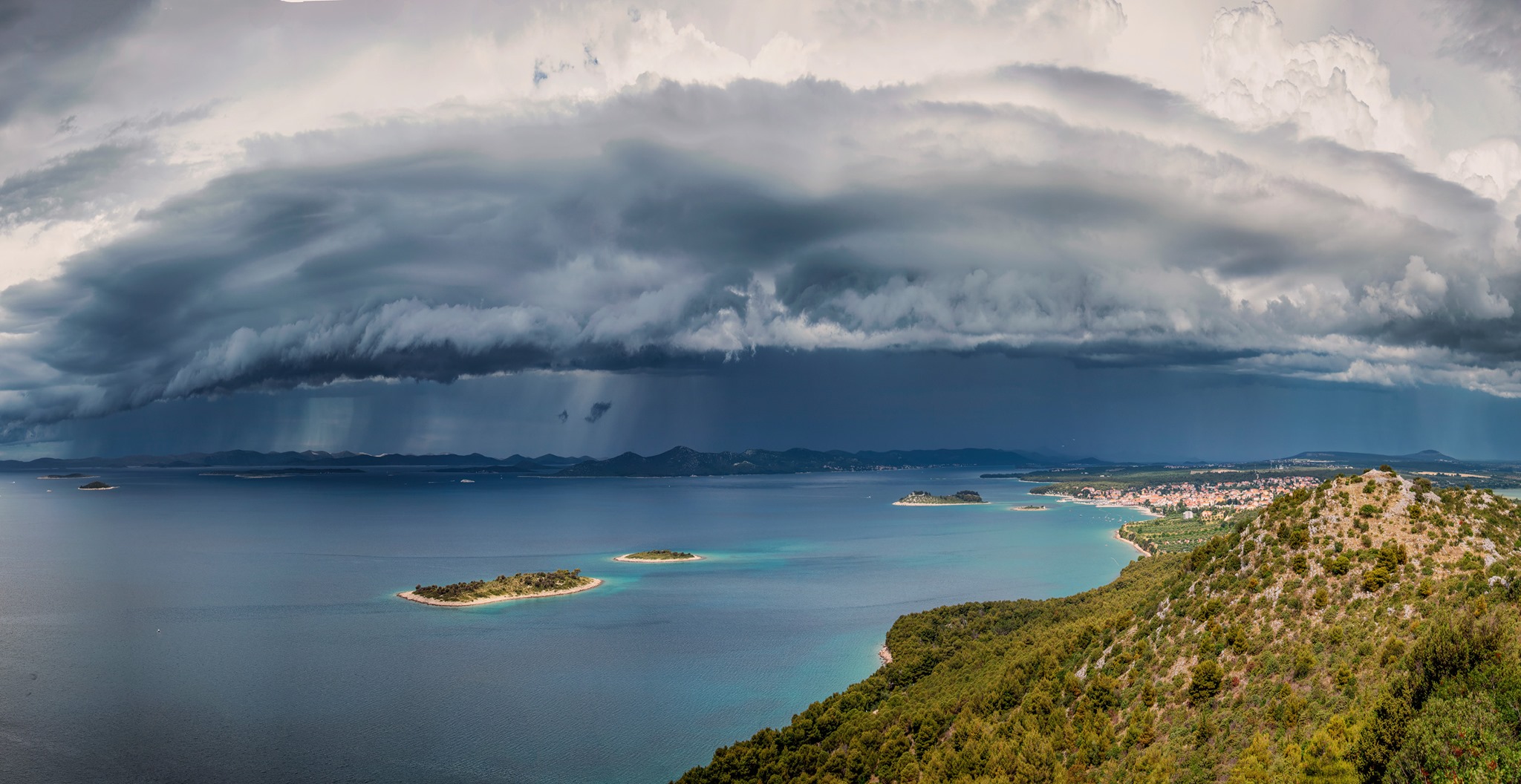 Photographer: Šime Barešić Photo taken: Drage, Pakostane
Photographer: Šime Barešić Photo taken: Drage, Pakostane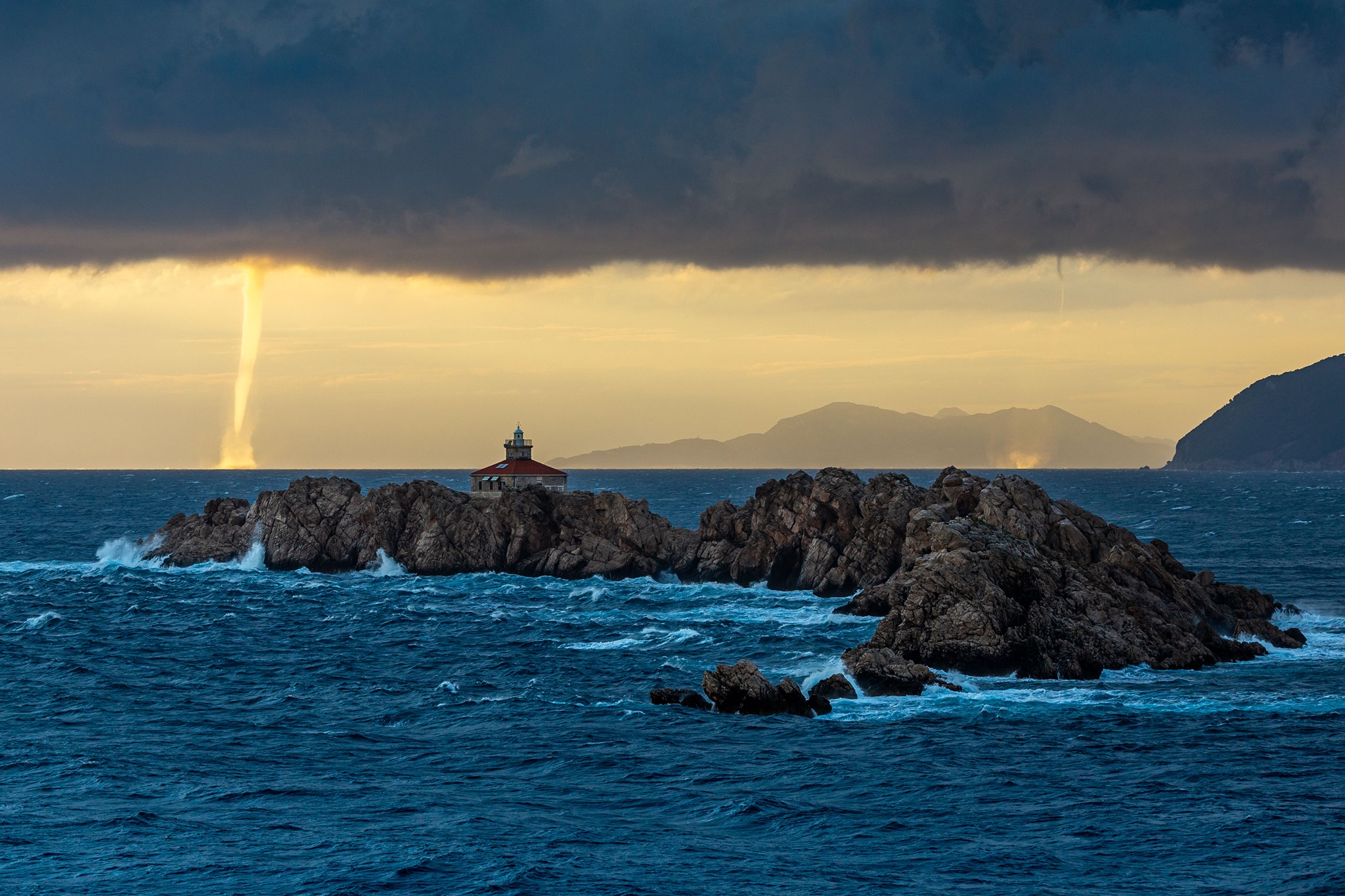 Photographer: Mislav Bilic Photo taken: Lapad Peninsula, Dubrovnik
Photographer: Mislav Bilic Photo taken: Lapad Peninsula, Dubrovnik
Out of season, Croatia can experience vastly different weather conditions to those advertised in travel brochures and blogs. And, whenever there's a spectacular weather occurrence, usually there's a photographer out there, braving the elements, trying to capture it.
Over recent years, some of the best Croatia weather photography has featured in the annual competition organised by the World Meteorological Organization. 2020 has been no different.
The other five Croatian finalists from the 2020 competition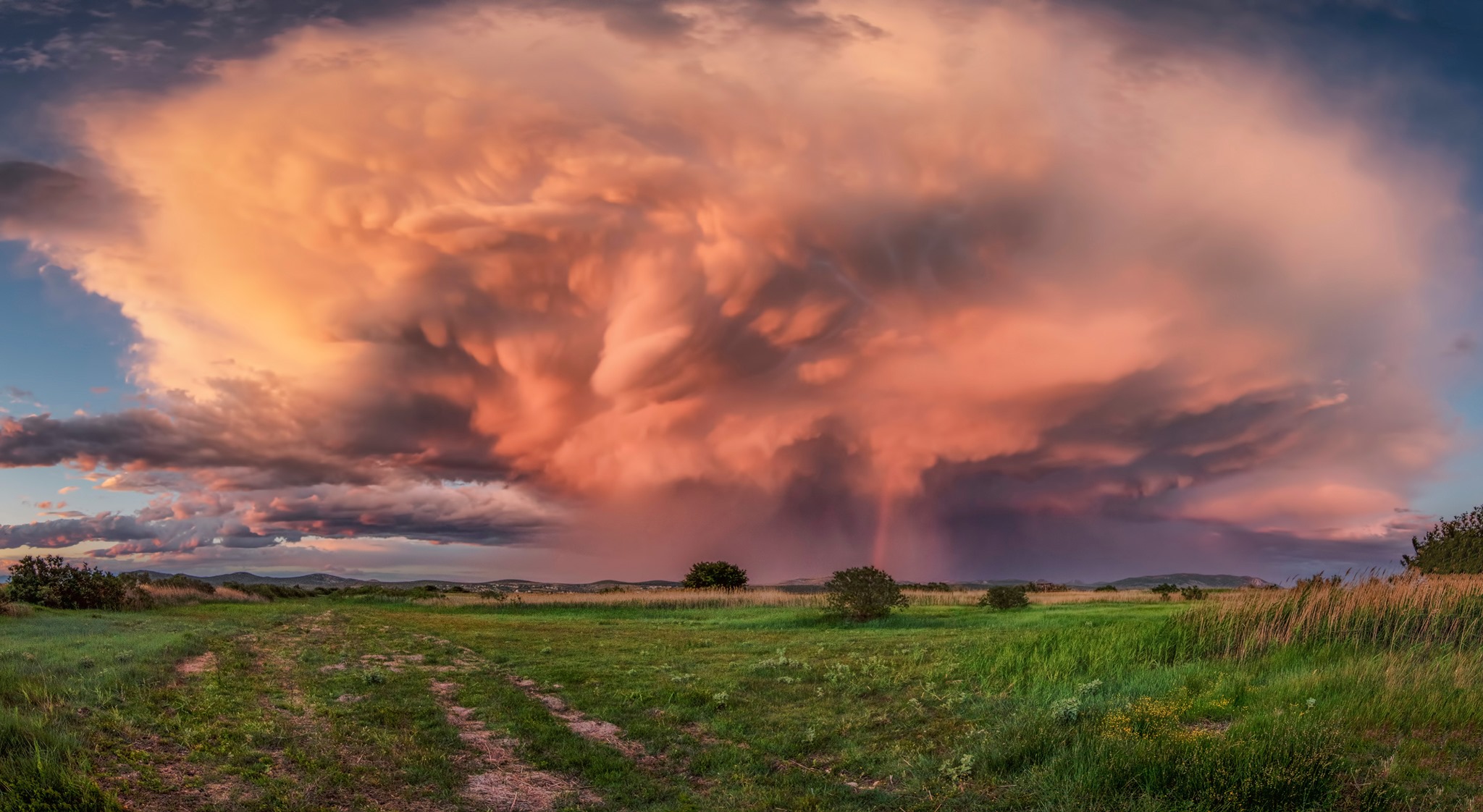 Photographer: Šime Barešić Photo taken: Drage, Pakostane
Photographer: Šime Barešić Photo taken: Drage, Pakostane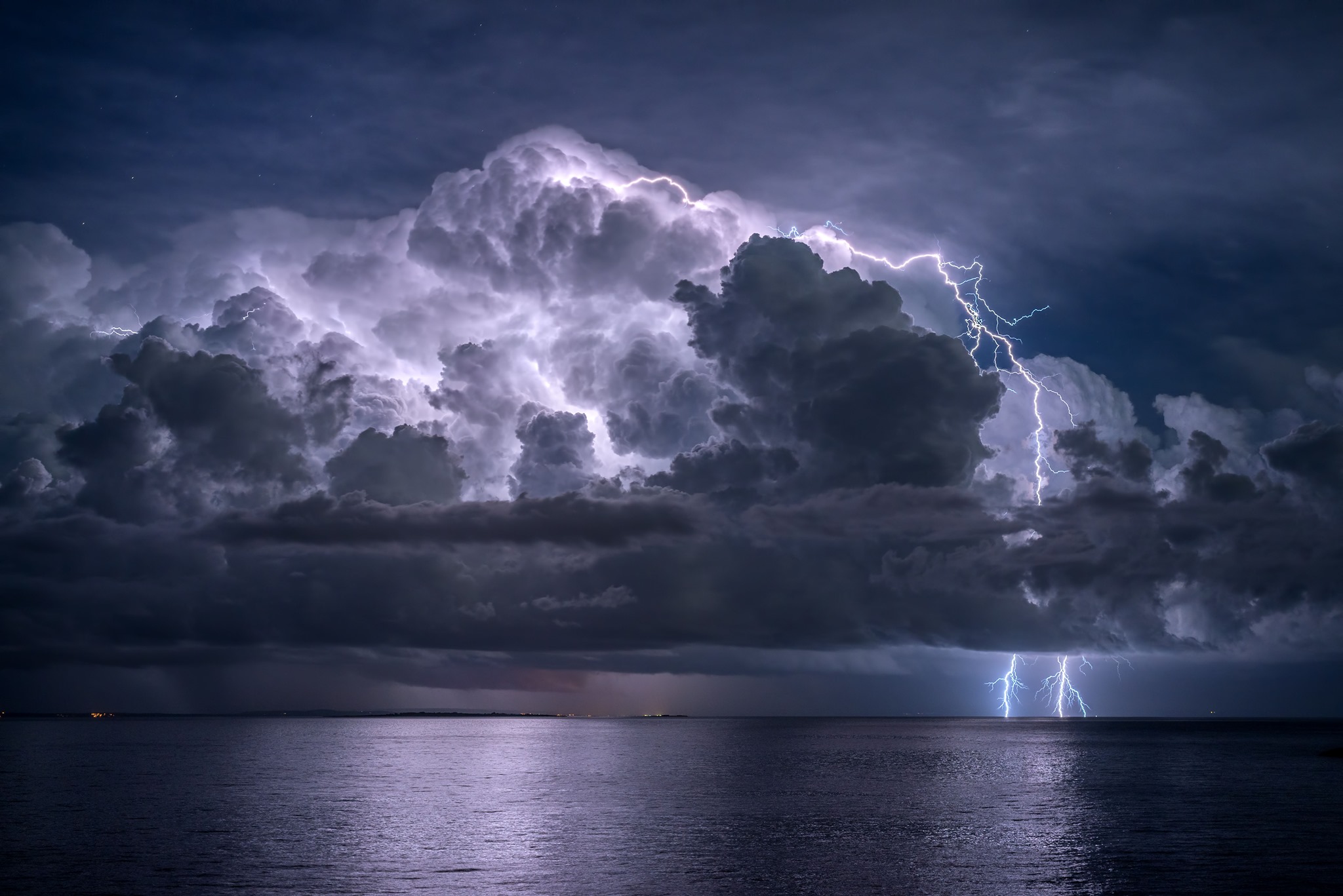 Photographer: Sandro Puncet Photo taken: Losinj island
Photographer: Sandro Puncet Photo taken: Losinj island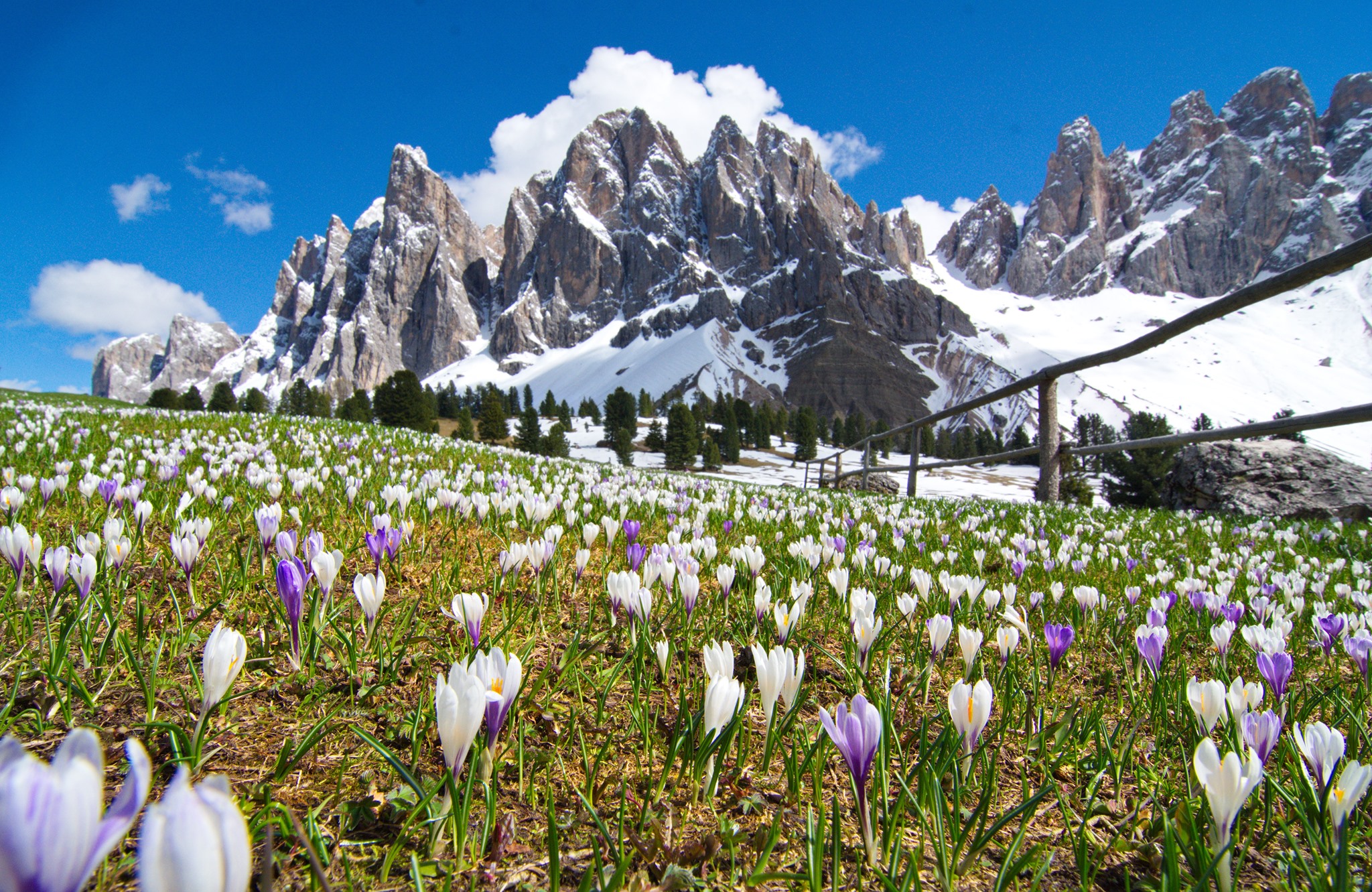 Photographer: Zoran Stanko Photo taken: Geisler Alm, Dolomites, Italy
Photographer: Zoran Stanko Photo taken: Geisler Alm, Dolomites, Italy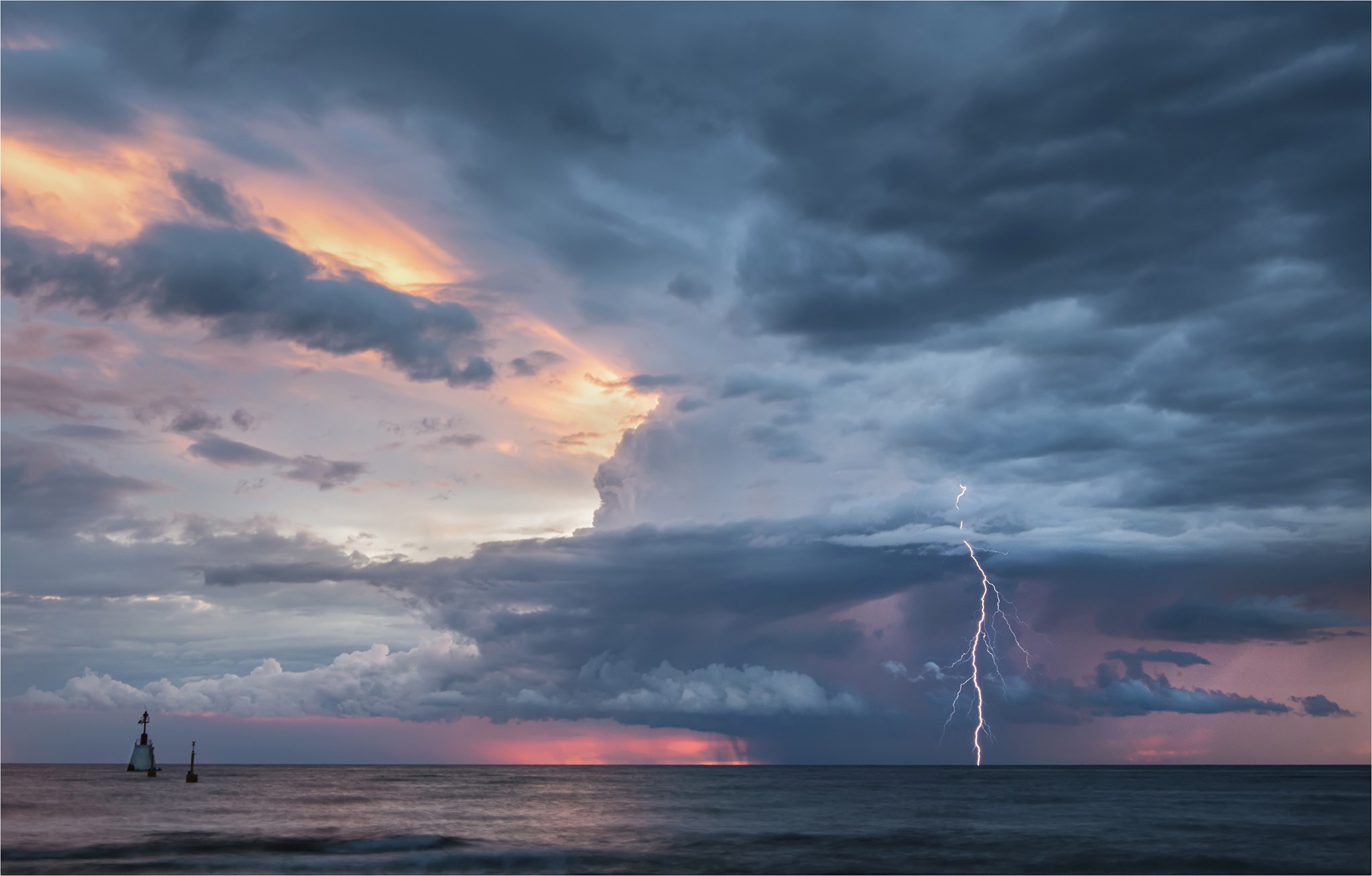 Photographer: Maja Kraljik Photo taken: Umag, Istria
Photographer: Maja Kraljik Photo taken: Umag, Istria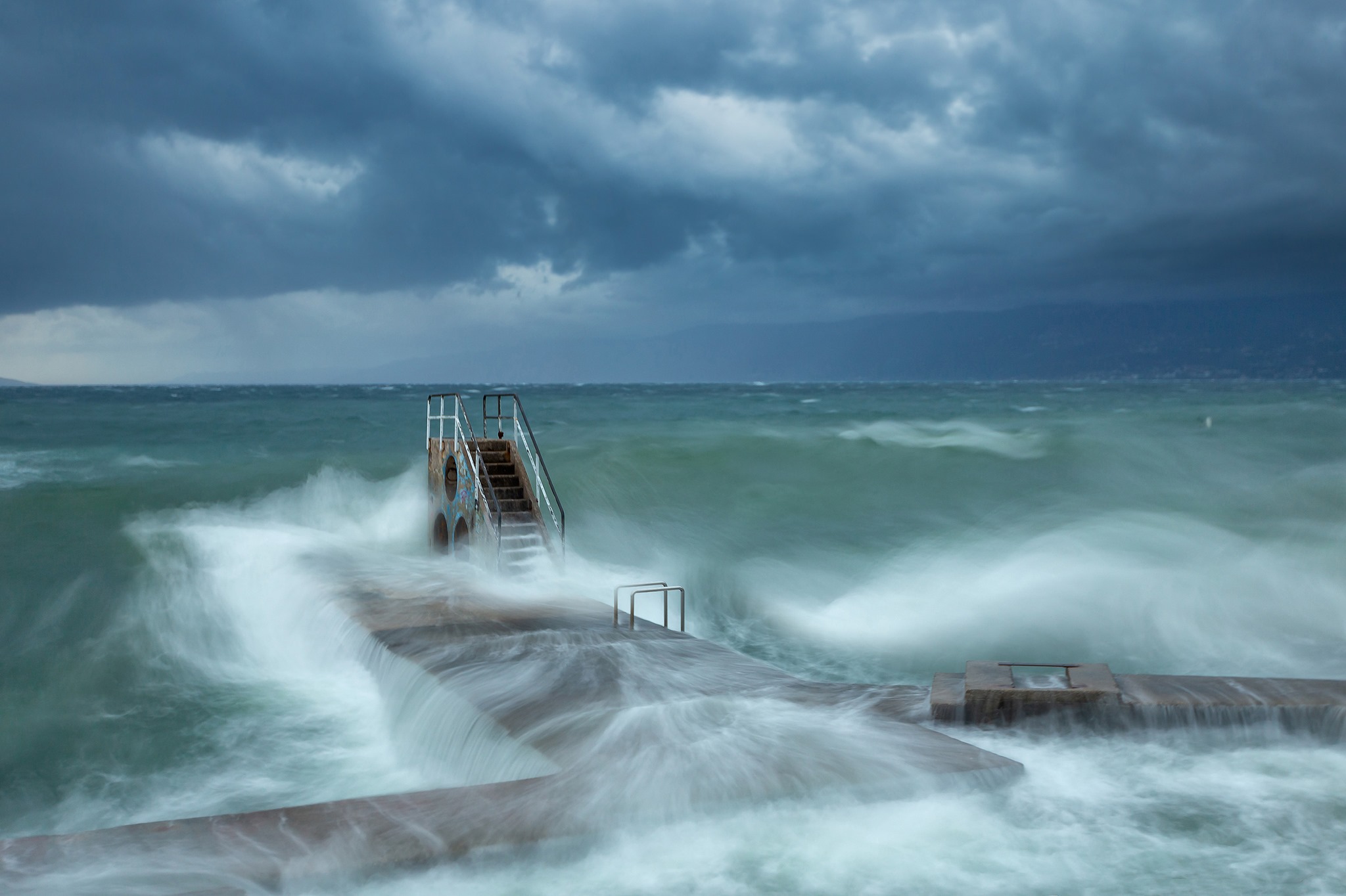 Photographer: Igor Popovic Photo taken: Rijeka
Photographer: Igor Popovic Photo taken: Rijeka
The winners of this year's competition have just been announced and the two fantastic examples of Croatia weather photography within the top 13 will take their place in the 2021 World Meteorological Organization calendar.
The 10 Croatian finalists from the 2019 competition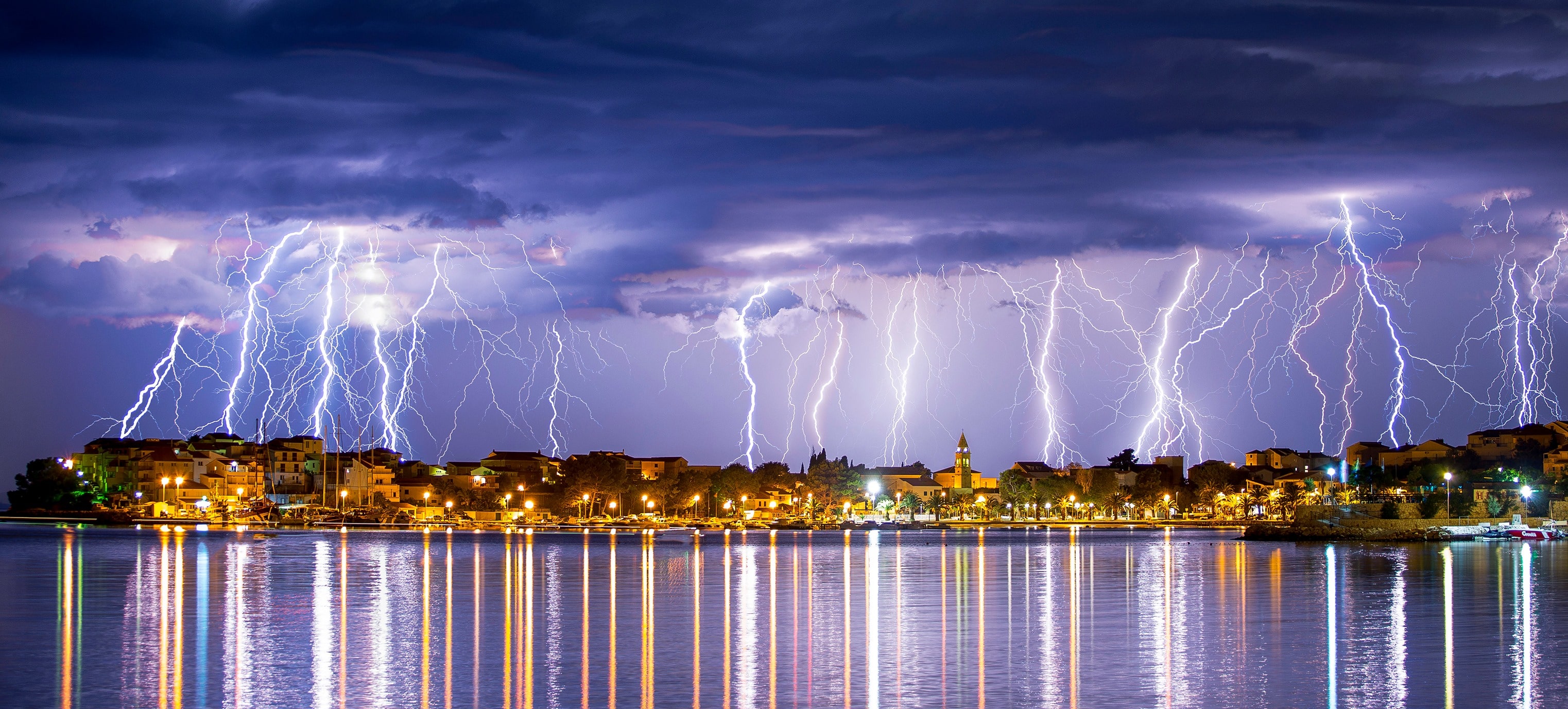 Photographer: Danica Sičič Photo taken: Srobreč, Dalmatia
Photographer: Danica Sičič Photo taken: Srobreč, Dalmatia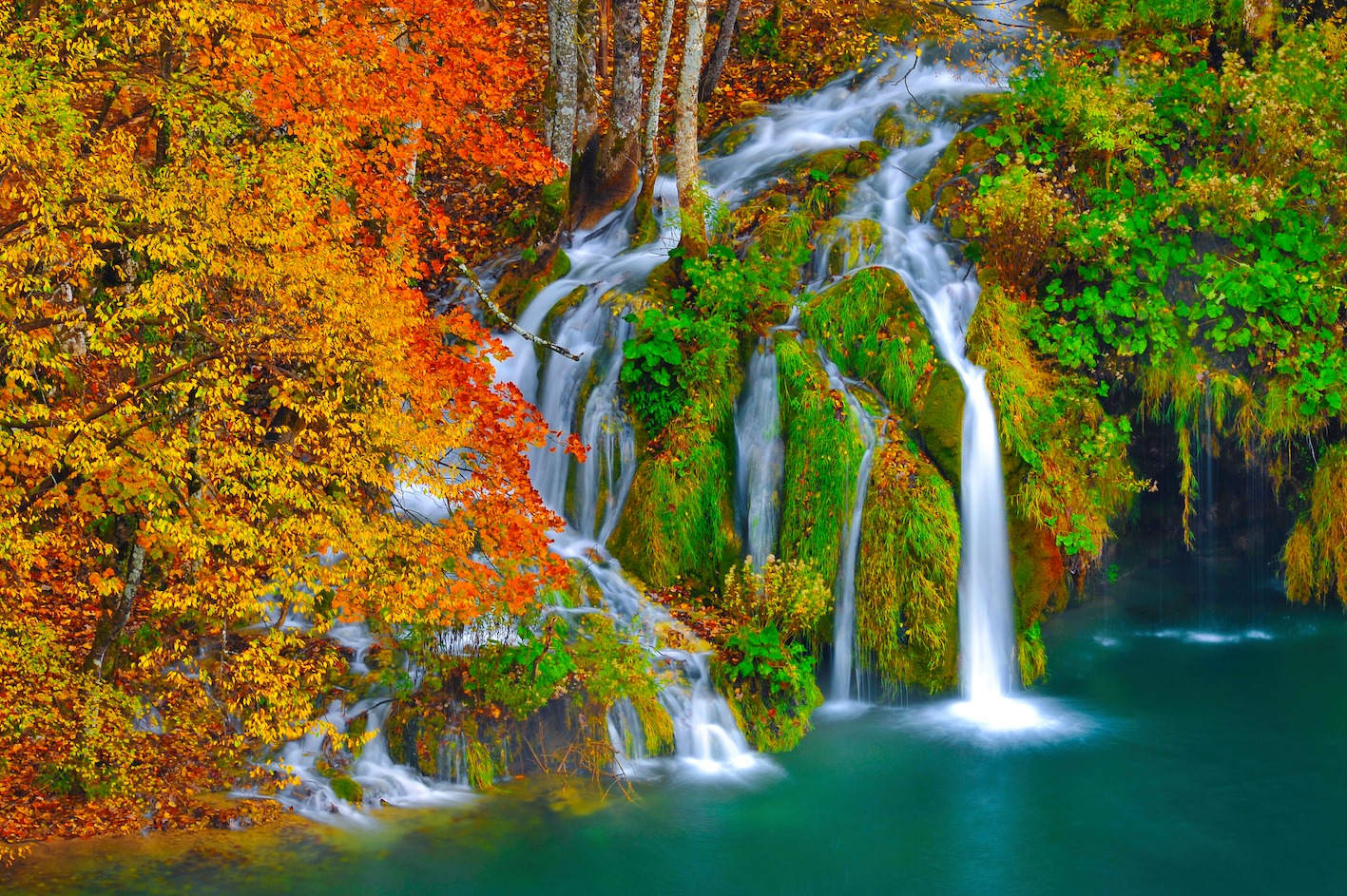 Photographer: Romeo Ibrišević Photo taken: Plitvice Lakes National Park
Photographer: Romeo Ibrišević Photo taken: Plitvice Lakes National Park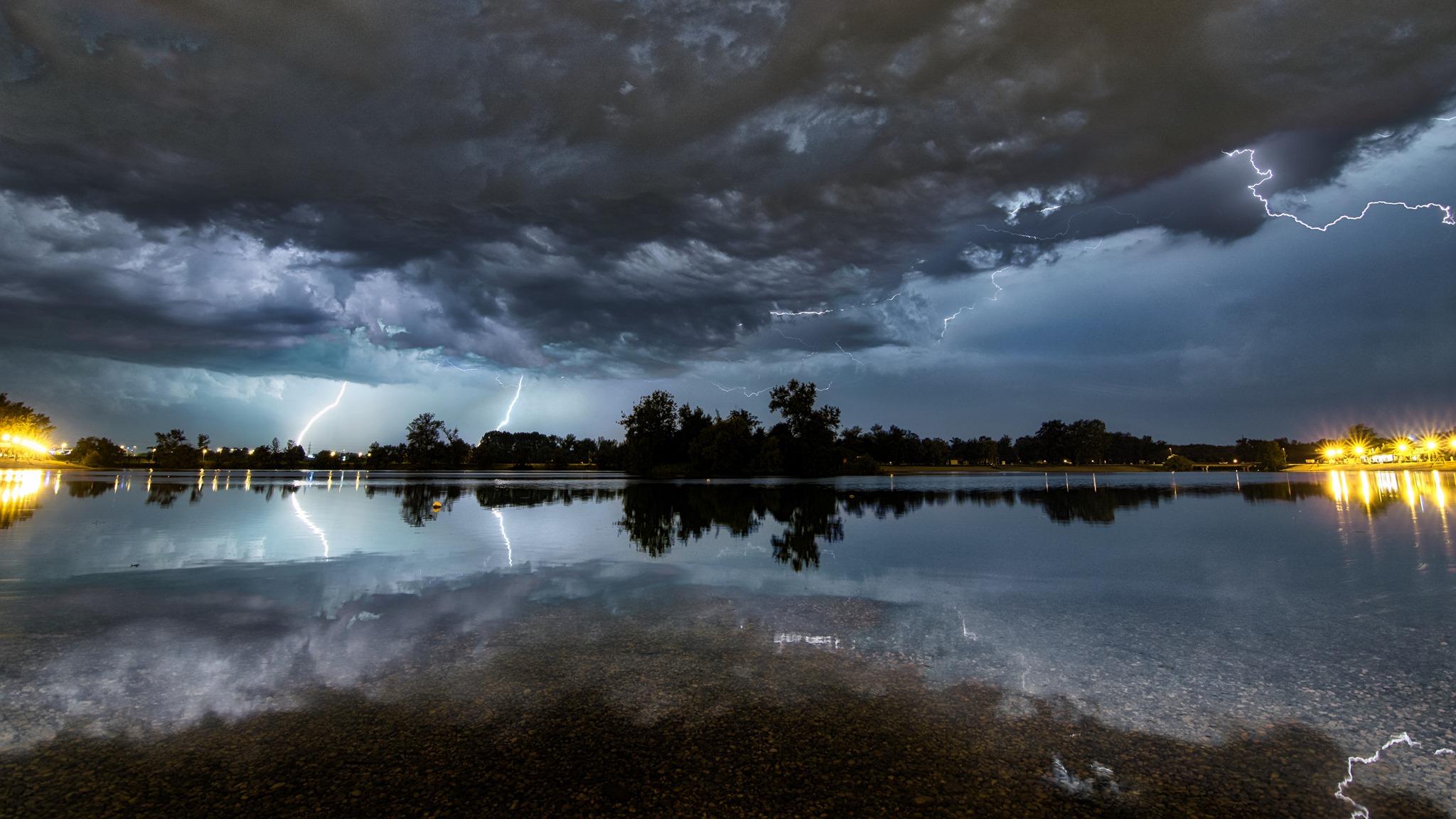 Photographer: Božan Štambuk Photo taken: Bundek park, Zagreb
Photographer: Božan Štambuk Photo taken: Bundek park, Zagreb Photographer: Miroslava Novak Photo taken: Pribislavec, Međimurje
Photographer: Miroslava Novak Photo taken: Pribislavec, Međimurje
As well as the two winners, two further examples of Croatia weather photography came in the runner-up category, of which there were 12 in total.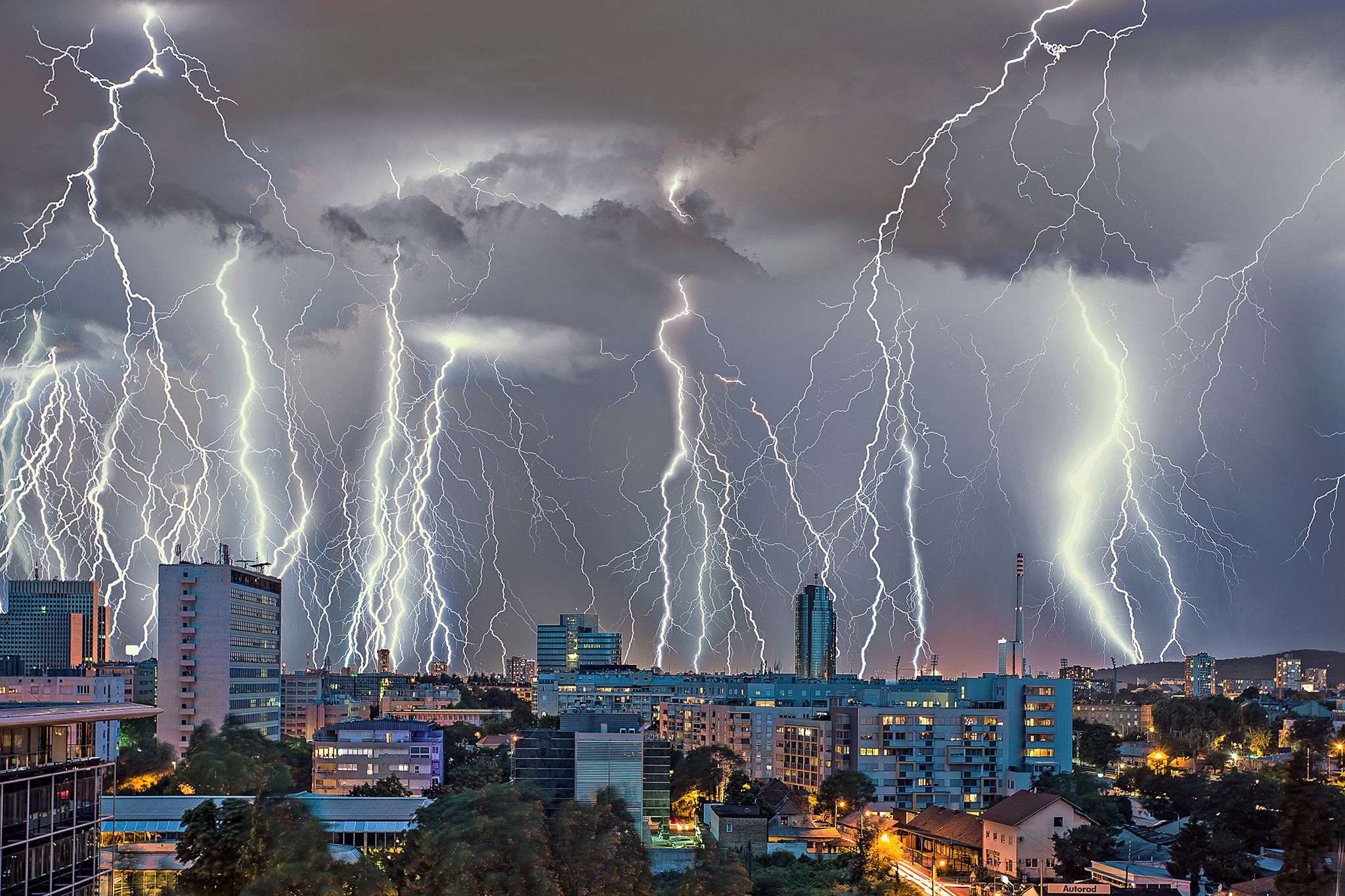 Photographer: Francesca Delbianco Photo taken: Zagreb
Photographer: Francesca Delbianco Photo taken: Zagreb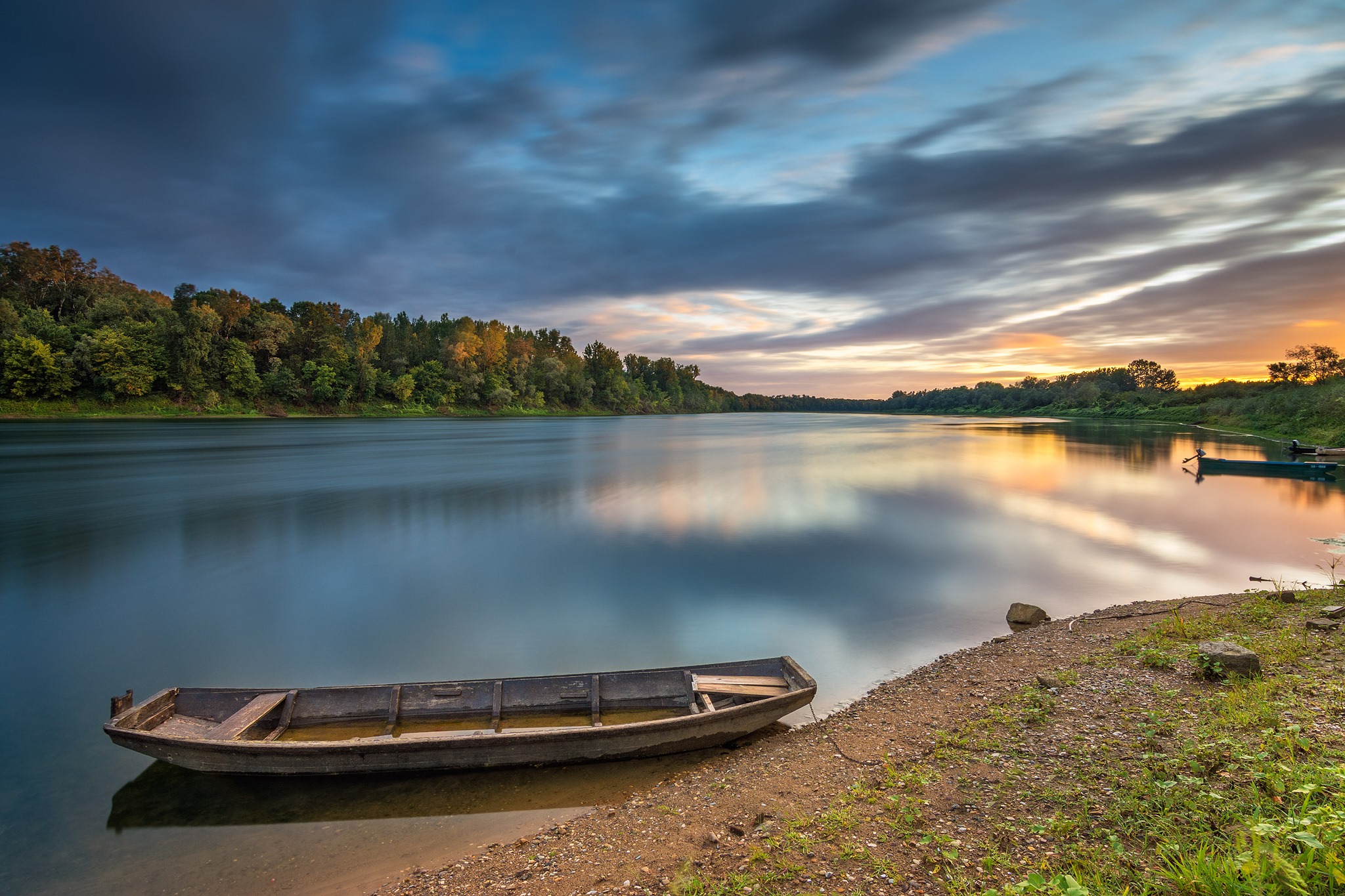 Photographer: Ivica Brlić Photo taken: Sava river, Davor, near Slavonski Brod
Photographer: Ivica Brlić Photo taken: Sava river, Davor, near Slavonski Brod Photographer: Nataša Šafar Photo taken: Rečica, near Karlovac
Photographer: Nataša Šafar Photo taken: Rečica, near Karlovac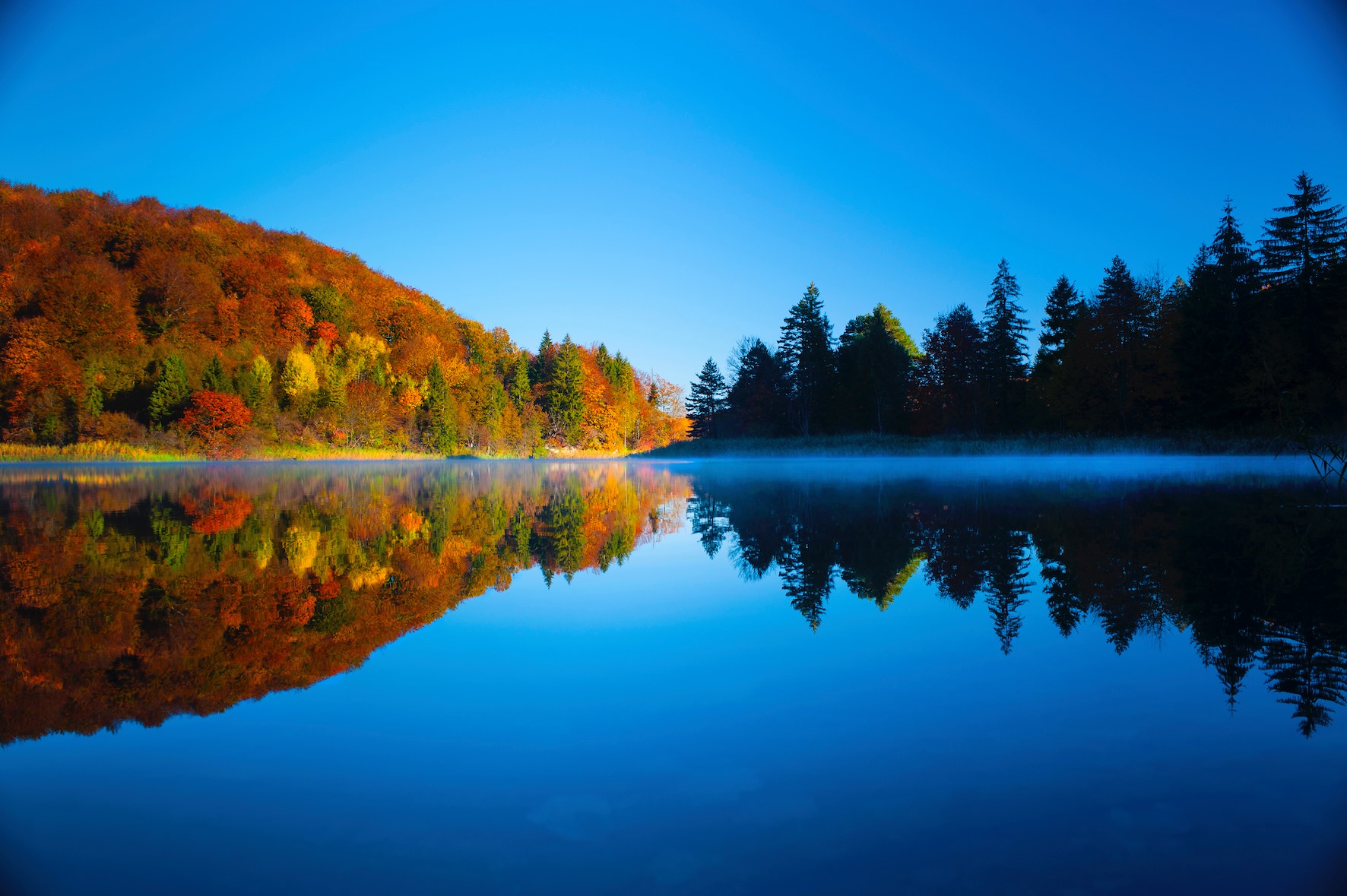 Photographer: Romeo Ibrišević Photo taken: Plitvice Lakes National Park
Photographer: Romeo Ibrišević Photo taken: Plitvice Lakes National Park
Over 1000 photographs from all over the world were entered in the 2020 competition. The submissions were narrowed down to a final selection of 70 contenders. As TCN reported back at the start of October, no less than 9 examples of Croatia weather photography made it into the final 70, taken by 7 Croatian photographers. Photographer: Danijel Palčić Photo taken: Pag island
Photographer: Danijel Palčić Photo taken: Pag island Photographer: Aleksandar Gospic Photo taken: Ražanac
Photographer: Aleksandar Gospic Photo taken: Ražanac
Croatia regularly punches well above its weight in the annual competition, as we can see from these 10 examples of incredible Croatia weather photography that were among the finalists in 2019.
All images courtesy World Meteorological Organisation
Virtual Assistant Korana: Link Between Administration and Citizens of Karlovac
December 10, 2020 – In order to make communication between the city administration and the citizens as simple as possible, the City of Karlovac created a virtual assistant Korana in cooperation with the company bonsai.tech.
With the virtual assistant Korana, symbolically named after one of the four rivers flowing through the city, Karlovac is the first city in Croatia to use a chatbot to inform citizens about a city, county, or municipality.
As Lokalni.hr reports, instructed by positive experiences from the private sector and motivated by the risks of the pandemic and new business circumstances, the City of Karlovac very quickly decided to adopt artificial intelligence technology to use its potential.
Thus, in cooperation with the company bonsai.tech, which recognized the needs of local governments and new business challenges, Korana, a virtual assistant of the City of Karlovac and its residents, was created to make communication between the city administration and citizens easier, faster, and safer.
Offers an answer to the query
A smart city chatbot, i.e., a virtual assistant, is a tool that interactively informs the general public and thus greatly facilitates the work. The advantage of Korana is that at any time, without the need for support experts, it offers an answer to a query.
The City of Karlovac wants to make its services available to citizens at any time, informing them when they need it, without waiting for information by phone or e-mail. Users will thus be able to find out about the topic they are interested in through the Korana virtual assistant before contacting the city administration.

Photo: Screenshot Karlovac.hr
Korana will help the Karlovac citizens find the necessary information related to the city administration and current events, such as details of the winter service's work, events in the city. At the same time, the city administration will facilitate contact and be a reliable support to its citizens by regularly updating the content and insight into the work of the chatbot.
Korana offers a menu with several groups of information; contacts, utilities, construction and housing, financial support, business and investment, tenders, and public calls and forms. Also, Korana has a database of questions and answers regularly updated following the analysis of questions asked by users.

Photo: Screenshot Karlovac.hr
It is currently available on Karlovac's website, and it will soon be available to citizens within the Karlovac City Viber community and on the official Facebook pages of Karlovac.
Despite all the advantages of a virtual assistant, no matter how much one tries to assume what the citizens will be interested in and what their experience will be like, it is impossible to predict everything. Therefore, the City of Karlovac and the company bonsai.tech try to assume in advance a whole series of possible individual conversation series and dialogues to improve the citizens' experience in using a virtual assistant.
An example to other Croatian cities
"Two years ago, we adopted the Smart City Strategy in the City of Karlovac, and the introduction of a virtual assistant is part of the idea of making the work of the city administration as accessible as possible to the citizens. With the virtual assistant Korana, accurate information can be obtained faster and from any digital platform, at any time of the day. The idea is to develop this principle of work overtime through the entire city system," said Damir Mandić, Karlovac Mayor, at the presentation of the virtual assistant.
Virtual assistant Korana is a challenging pilot project and represents a new step forward that will indeed be followed by other cities in Croatia.
To read more about lifestyle in Croatia, follow TCN's dedicated page.


